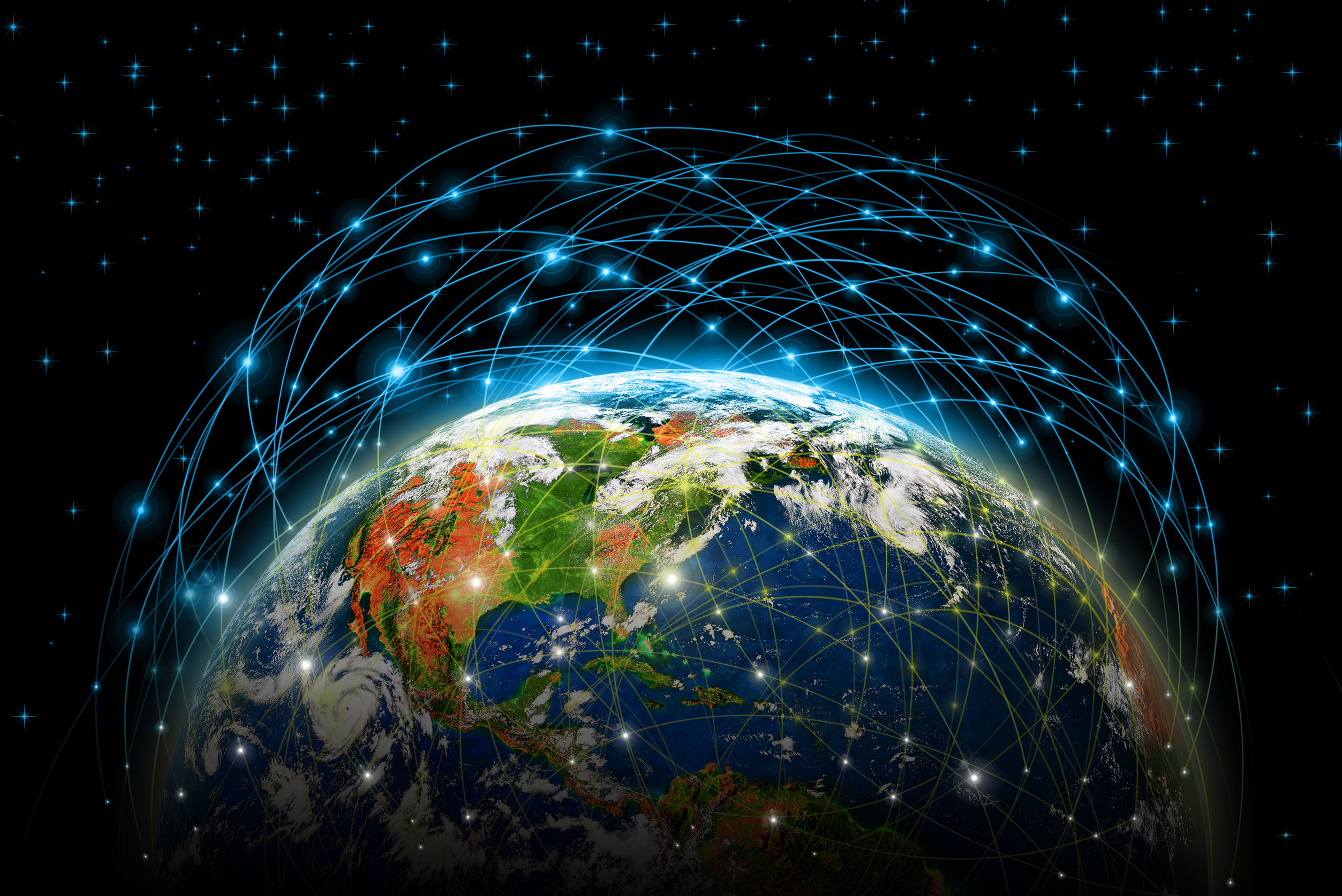How global internet service providers have been collaborating to scale the internet’s capacity to meet surging demand during the COVID-19 pandemic, says Todd Kiehn, VP of product management at GTT.
The outbreak of COVID-19 has driven many people to new levels of reliance on technology and the internet to help accommodate this new reality. Now more than ever, the internet enables users to stay connected, share information and improve collaboration. In addition, the internet is now opening up more opportunities that allow users to carry out daily activities, through solutions such as teleworking, distance learning, telemedicine, video chat, streaming and remote gaming.
Over the past decades, the use of the internet has grown exponentially. Yet, this rate is growing significantly as we shift our daily lives into the virtual to practice social distancing. At GTT, we have seen a surge of roughly 30% in total traffic across our internet network since the outbreak. This growth rate is typically experienced over the course of an entire year, rather than a few weeks.
The priority for network operators now is to ensure that they can manage dramatic increases in traffic. To understand how this works on a global scale, it’s useful to understand how the global internet works.
The internet backbone: Scalable and resilient
The internet that links us all around the world is, in fact, a collection of networks that connect with each other. While there are thousands of internet service providers (ISPs), there is a core group of providers known as “Tier 1” networks that transport the bulk of the traffic. These Tier 1 providers exchange traffic with each other across oceans and continents to keep organisations, people and applications connected in every corner of the world. Tier 1 companies include global network and telecommunication providers. Some of these primarily offer services to a focused customer base of enterprises and carriers, while others also offer consumer services like mobile telephony and internet services to households.

High-capacity Tier 1 networks connect with each other through private “peering” arrangements to form the network foundation that other providers use to connect our homes and mobile devices to the array of applications and abundance of content on the internet. Content delivery networks (CDNs), cloud service providers (CSPs), and other ISPs rely directly on the Tier 1 providers to transport large volumes of internet traffic around the globe. Many of these users of Internet Protocol (IP) transit services are household brands that generate huge amounts of online transactions or activity, such as shopping, gaming, banking, streaming and online collaboration.
As traffic on the internet surges, congestion on key routes can directly impact users, which can result in webpages that are slow to load or reduced quality of video conferencing applications. Careful capacity planning is one of the key factors that pre-empts and mitigates any potential for congestion. The large underlying networks that transport much of this traffic are engineered to be highly resilient and to absorb substantial traffic increases and spikes. GTT’s internet backbone operates at roughly 50% capacity utilisation to ensure it can scale up to meet any potential surges in the bandwidth requirements of the large generators of internet content that rely on GTT to transport their internet traffic to any internet destination across the globe.
Tier 1 networks collaborating
Since the outbreak, the Tier 1 networks, including GTT, have been acting swiftly to identify and remediate any potential choke points and upgrade capacity from single 10Gbps to multiple 100 Gbps increments on specific routes where required to keep up with the surging internet traffic. This dynamic process entails close collaboration among individual peering partners, both formally and informally.
Working together, they ensure the interconnection points between ISPs’ networks are augmented to transport higher volumes of traffic. This is done in the data centres and other secure network facilities where large internet networks meet in the physical world. Internet providers add capacity at these locations by installing additional hardware and connecting it with fibre to the equivalent equipment of their peering partners. This hardware is typically a module or “card” that is installed in the router to upgrade its capacity. Several cards can be added to the same router, each one contributing multiple terabit per second of added capacity to support the increasing demand.
Some capacity management can also be done remotely and is managed on a day-to-day basis by the network operations centres of each service provider. Site visits by engineers are also necessary to install fibre, deploy equipment and perform maintenance.
Rethinking the network infrastructure

The community of network operators and ISPs is united in a singular objective to keep the internet running smoothly. GTT is among the members of the ITW Global Leaders Forum, a group of network operators and internet providers that recently issued an open letter calling on governments to designate ICT infrastructure, the provision of ICT services and critical infrastructure service providers as an “essential service” during this pandemic.
This unprecedented time in our history has highlighted the importance of network infrastructure in keeping people connected while national and local governments implement comprehensive measures to ensure everyone’s health and safety. With all telecom industry participants working together, internet backbones will remain fully resilient and support society as we continue to adapt to the uncertain times ahead.
The author is Todd Kiehn, VP of product management at GTT.
Comment on this article below or via Twitter: @VanillaPlus OR @jcvplus






